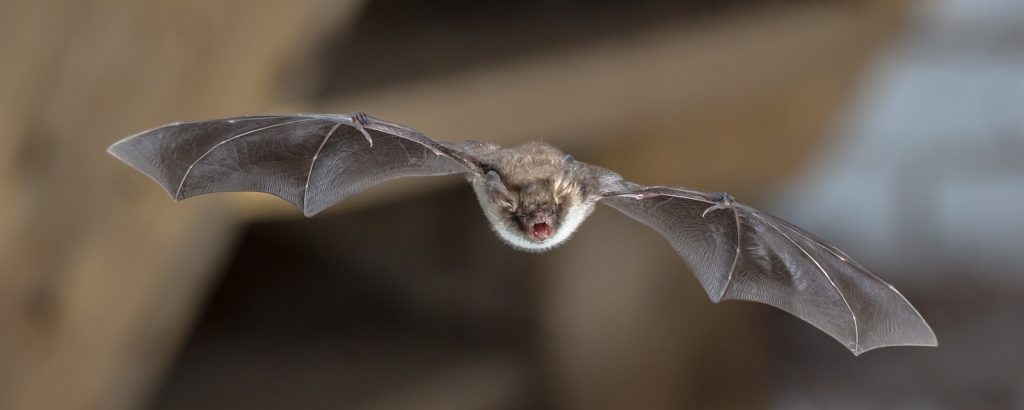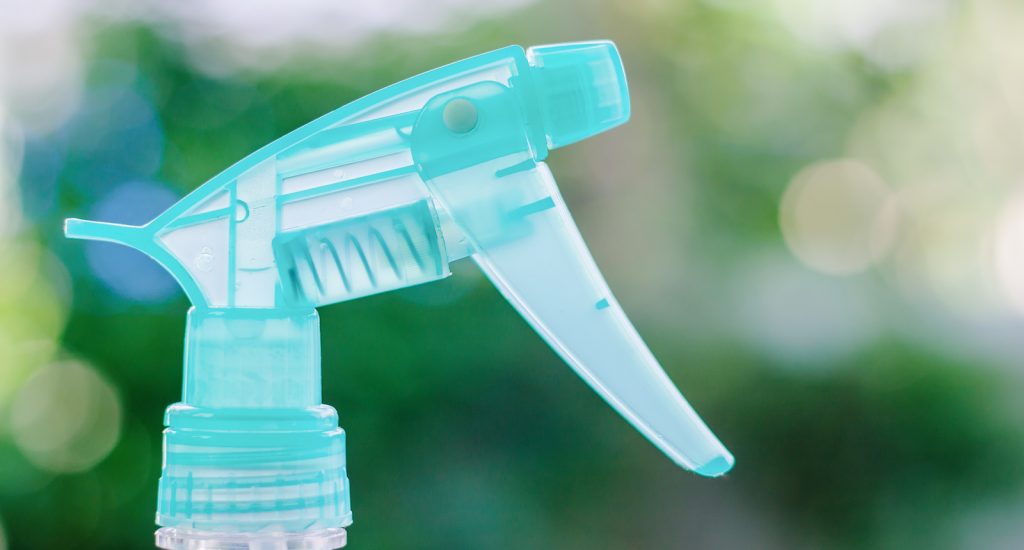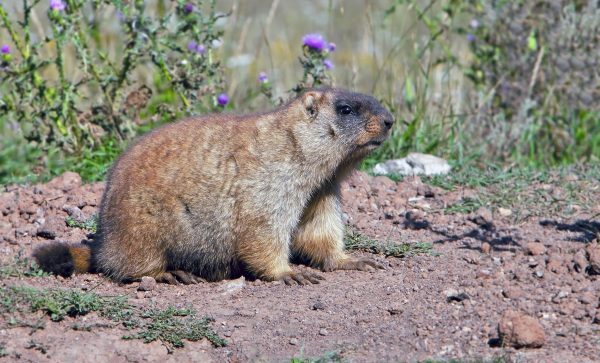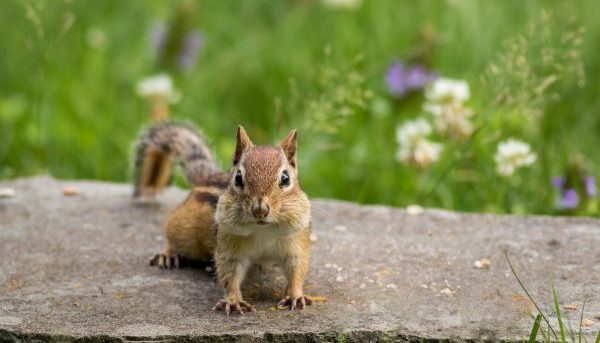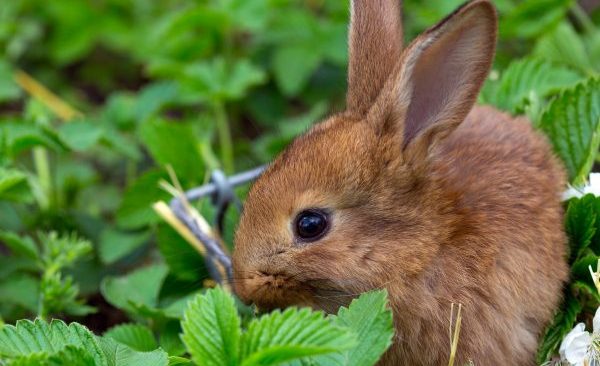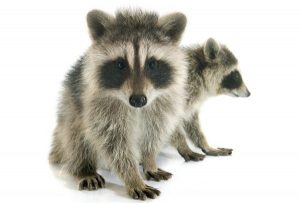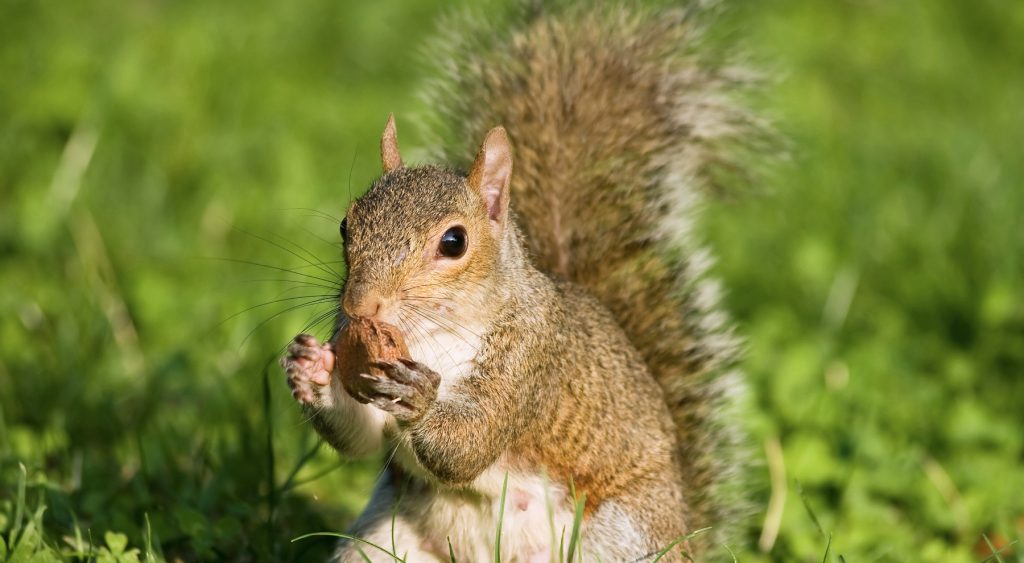Although Wildliferemovalindianapolis.com does not provide animal removal and control services for cats or dogs, we are happy to provide you with some helpful tips for keeping strays off of your lawn and away from your property. Continue reading to get started!
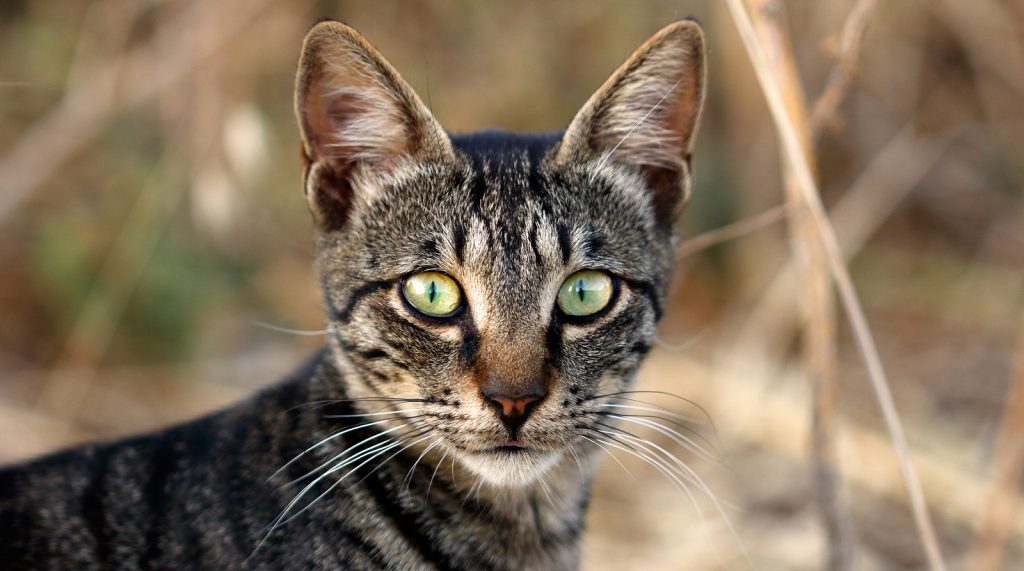
Stray Dogs 🐕
Whether a feral pup or just the neighbor’s obnoxious pet, keeping unwanted dogs off your property entails a little preventive maintenance. Dogs, like most other animals in nature, are attracted to sources of food, water, and shelter. If your backyard offers such conditions or elements, it is an open invite to anything that walks on all fours. If you do not want to install a fence around the perimeter of your property, you must find some effective alternatives, starting with these recommended environmental modifications:
Recommended Environmental Changes:
➥ Remove all outdoor pet food;
➥ Remove water sources, like pet bowls, bird baths, and buckets;
➥ Take trashcans outside on the morning of collection;
➥ Install fencing around gardens;
➥ Put locks on sheds, outdoor cabinets, and storage containers;
➥ Install motion-censored lights or sprinklers;
➥ Keep a talk radio on outside, overnight;
➥ Spray a non-toxic animal repellent around the perimeter of your yard;
Stray Cats 🐈
Not only does the Feral Cat Association estimate that more than 60 million stray cats exist in the country, the U.S. Department of Agriculture predicts an additional 5 million domesticated cats are abandoned every single year. So a car that is bothering your yard might be feral, or it might just be the neighbor’s. Either way, there are some effective methods for safely and humanely keeping them away. The strategies recommended for dogs can all be applied to cats as well. However, there are a few additional things you can do for cats specifically.
Recommended Environmental Changes:
➥ Plant herbs that cats do not like, such as lavender, rue, geranium, absinthe, and rosemary;
➥ Sprinkle tea leaves and/or raw onion around your gardens;
➥ Lay stones over the soil of garden beds to prevent access to digging;
➥ Plant catnip in a faraway point on the perimeter of your property;
Indianapolis Wildlife Removal and Control

If wild animals like bats and raccoons are your problem, we have your solution! Call 317-257-2290 for safe and humane wildlife removal and control in Indianapolis and its surrounding regions. We are DNR licensed and insured animal control professionals with decades of experience in the wildlife removal industry. We use only safe and humane methods to extract wild animals and keep them from coming back. Request a free estimate, today!

